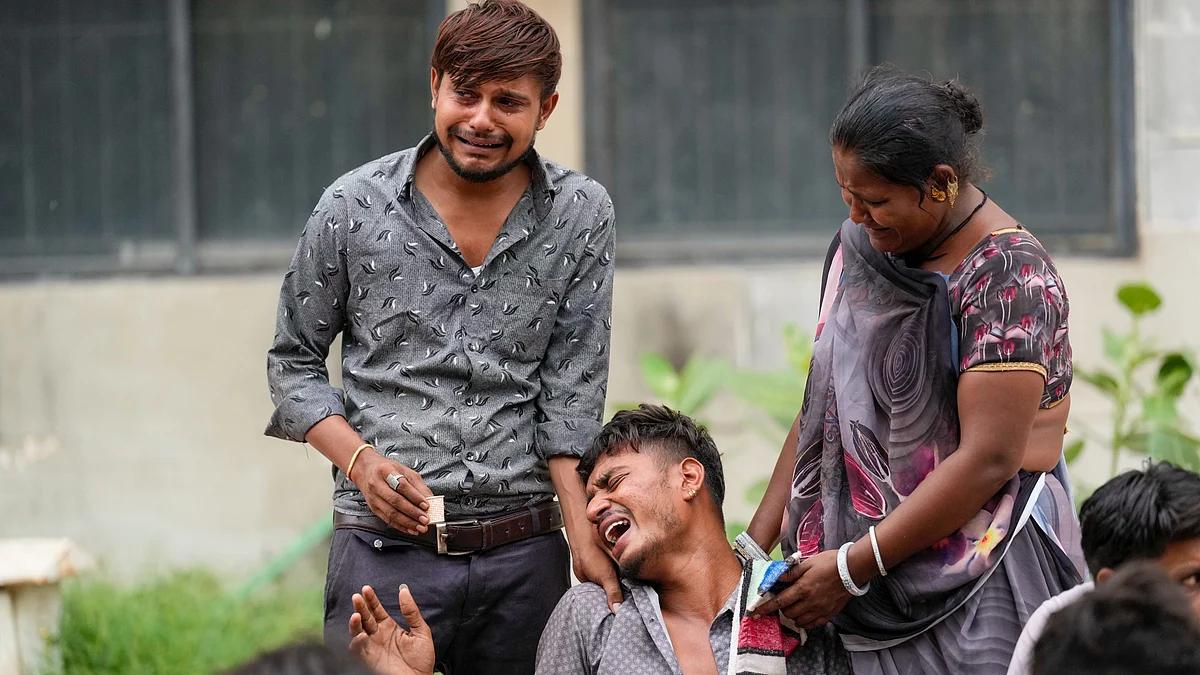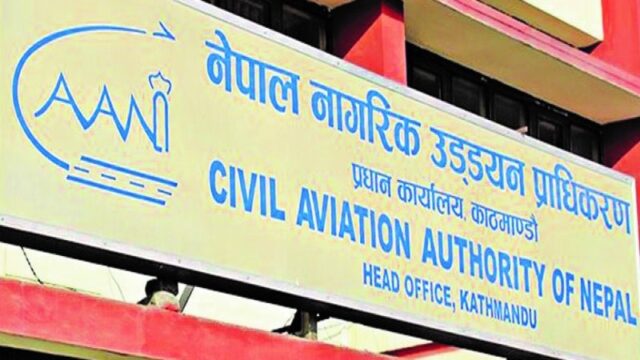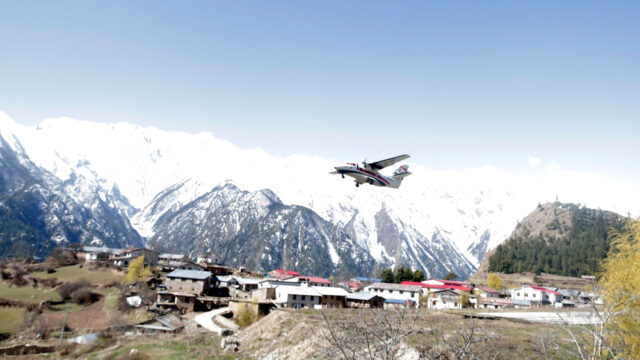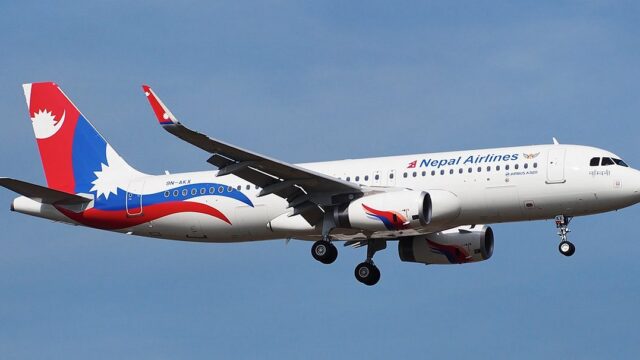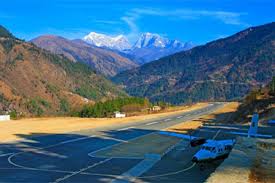A devastating air tragedy unfolded in India’s western city of Ahmedabad on Thursday afternoon as an Air India Boeing 787 Dreamliner, bound for London’s Gatwick Airport, crashed into a residential and institutional area shortly after takeoff, killing at least 290 people. This marks the first-ever fatal accident involving the Boeing 787 Dreamliner since its debut in 2011.
Aircraft Crashes Minutes After Takeoff
Air India Flight AI171 took off from Sardar Vallabhbhai Patel International Airport at 1:39 p.m. local time with 242 people on board. Within moments of departure, the aircraft issued a Mayday call, according to India’s Directorate General of Civil Aviation (DGCA). Communication was lost seconds later, and the plane plummeted into a building associated with the BJ Medical College and Hospital, creating a fireball of destruction in a densely populated zone.
Eyewitnesses described a terrifying scene as the aircraft, struggling to gain altitude, suddenly descended steeply and exploded upon impact. Footage circulating on social media showed the aircraft’s tail embedded into the roof of a canteen building, with billowing smoke, debris, and charred remains scattered across the area.
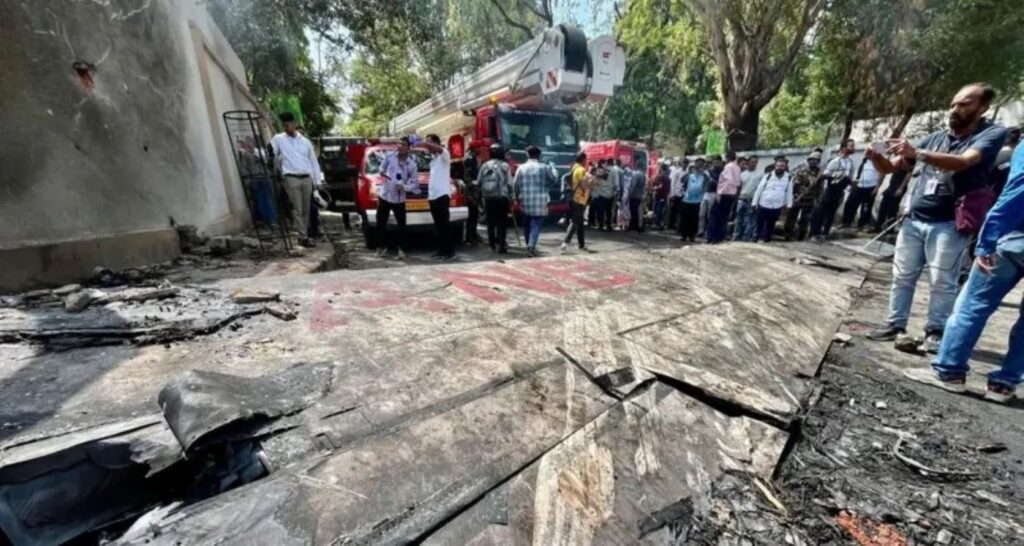
Death Toll and Rescue Operations
Officials have confirmed that among the dead were passengers on the plane, local residents, and students and staff present in the BJ Medical College hostel complex. A senior doctor at Ahmedabad Civil Hospital confirmed that many victims were minors and added that “the death toll is expected to rise.”
Between 50 to 60 medical students were admitted to local hospitals, with at least two or three in intensive care. Tragically, three medical students were declared dead, as confirmed by the Indian Medical Association Medical Students Network in Gujarat.
Survivor Identified as British National
In a small glimmer of hope, one person survived the crash, a British national named Vishwash Kumar Ramesh, who was seated in seat 11A. According to The Hindustan Times, Ramesh is recovering in a local hospital. In an emotional recount of the event, he said, “Thirty seconds after takeoff, there was a loud noise and then the plane crashed. It all happened so quickly.”
The passengers included 169 Indian nationals, 53 British citizens, seven Portuguese citizens, and one Canadian, according to an official statement from Air India. Family members of victims have begun arriving at hospitals and support centers in Ahmedabad, where health officials are collecting DNA samples to aid identification efforts.

First Fatal Crash Involving Boeing 787 Dreamliner
This is the first recorded fatal crash involving the Boeing 787 Dreamliner, a fuel-efficient, wide-body aircraft known for its advanced composite materials and long-range capabilities. The specific aircraft involved was a 787-8, capable of carrying up to 248 passengers over distances exceeding 13,000 kilometers.
Since its introduction in 2011 with Japan’s All Nippon Airways, over 1,175 Dreamliners have entered service globally. Boeing has delivered nearly 2,600 units, with more than 800 still awaiting delivery. According to Boeing, these aircraft support over 2,100 flights every day across the globe.
Following Thursday’s crash, Boeing released a statement saying it is “in contact with Air India and stands ready to support them.” It added, “Our thoughts are with the passengers, crew, first responders and all affected.”
International Reaction and Support
The international community has responded with shock and grief. India’s Prime Minister Narendra Modi described the crash as “heartbreaking beyond words” and assured the public that emergency and investigation teams were being mobilized.
UK Prime Minister Keir Starmer said the images from the crash were “devastating,” adding that he was being kept informed as the situation developed. British Foreign Secretary David Lammy confirmed to Parliament that a crisis team had been activated in both London and Delhi to support affected families. King Charles III and Queen Camilla expressed their “shock” at the tragic incident, paying tribute to the “heroic efforts” of emergency responders and medical teams.
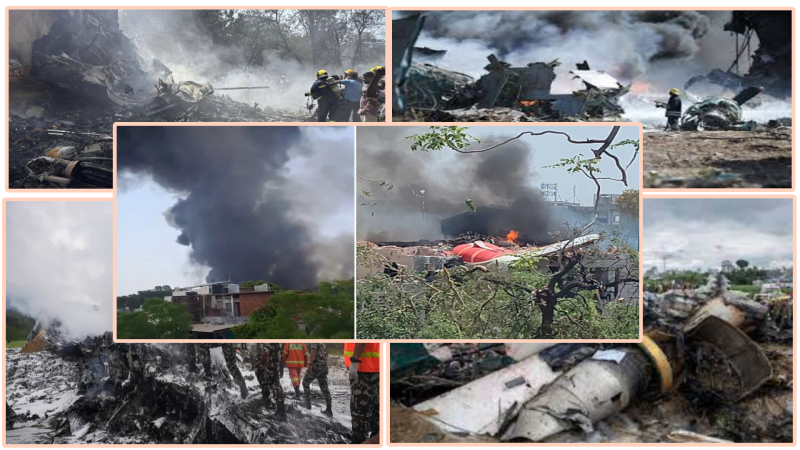
Ongoing Investigation and Flight Suspensions
Authorities are investigating the cause of the crash, focusing on potential mechanical failure or bird strike, as speculated by preliminary reports. According to the DGCA, the aircraft lost altitude at a vertical speed of -475 feet per minute, and its signal disappeared from radar at just 625 feet above ground level. All flights from Ahmedabad’s airport were temporarily suspended following the accident, though limited operations have since resumed.
The DGCA and Boeing will jointly investigate the crash, while Air India’s Chairman Natarajan Chandrasekaran has pledged full cooperation and support to rescue and relief efforts. “We are doing everything in our power to assist the emergency response teams at the site and to provide all necessary support and care to those impacted,” he said.
A Nation in Mourning
As night fell on Ahmedabad, scenes of sorrow and resilience filled the city. Grieving families gathered outside hospitals. Volunteers helped carry bodies from the rubble. Emergency teams continued to work through the night, combing through debris and providing psychological support to survivors and their families.
This incident has not only plunged hundreds of families into mourning but also shaken global confidence in one of aviation’s most advanced aircraft models. As the world watches and waits for answers, India grieves one of the deadliest aviation disasters in its recent history.
